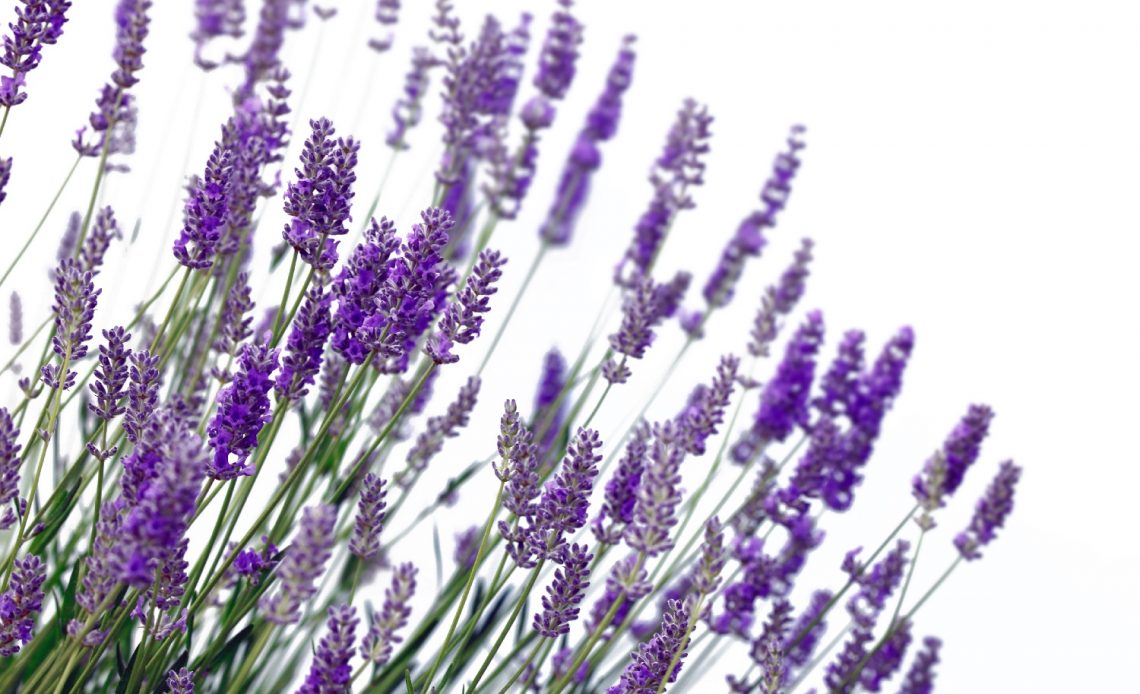

We’re here to help! Wild Yards is a completely free website that is 100% dedicated to helping you create a wildlife-friendly, sustainable yard. Read more
WildYards is reader-supported. When you buy a product through a link on our site, we may earn a comission. Every product is independently selected by our (obsessive) editors and our reviews are unbiased and objective. Read more about our mission or our privacy policy.
Lavender is a fantastic asset to any garden – it looks and smells wonderful and is ideal for attracting pollinators. Planted effectively, it’s also a fantastic growth companion to many weaker plants and flowers in your garden. But does lavender come back every year – and how can you help it?
Some varieties, such as English lavender, will normally regrow every year. With most varieties, factors such as temperature and current health level can influence whether they will reappear for another year. There are ways you can ensure your lavender keeps regrowing – such as pruning and ensuring it has access to plenty of nutrients.
What stops lavender from coming back?
Lavender may not grow back for the next year if conditions aren’t favorable – meaning it may not survive particularly cold winters. The species most likely to withstand cold freezes is English lavender, which is one reason why it’s a popular choice among gardeners. Sadly, even some specimens of this variety may not make it through the colder months – sometimes, it is all down to luck.
That’s not to say you can’t help your lavender before December’s approach – for example, it may help to bring your plants indoors, if you can, to sit out the cold. The odds are in your favor, too, if your lavender has had access to enough direct sunlight and nutrient-rich soil or compost during the spring and summer.
Here are a few factors that affect your chances of seeing lavender again (regardless of what you do next).
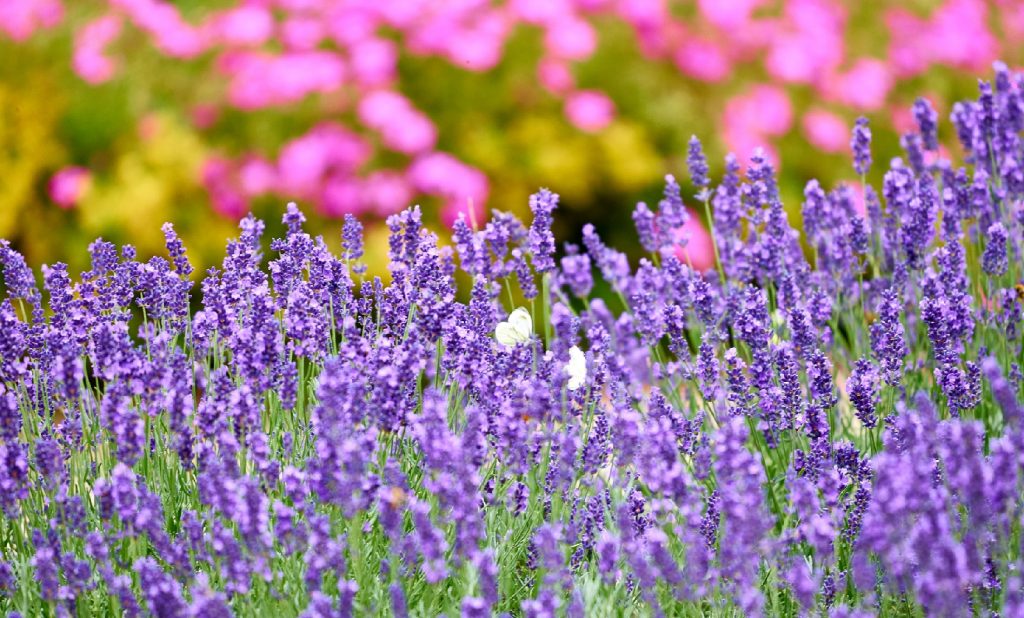
Climate matters
Most species of lavender are intolerant to the cold, but as a woody perennial, it’ll typically keep a stem ready to regrow when spring rolls back around. Most lavender growing in the US will be hardy within zones five to nine – it’s good to check the USDA hardiness zone map.
Lavender is more likely to come back in spring if winters have been mild – and some gardeners in colder zones choose to pot up and take their plants indoors until March. Gardeners living in warm states such as California may find they don’t need to take their lavender indoors at all!
Lavender’s temperature sensitivity relates to its roots – it’s a native of the Mediterranean and is not used to cold winters.
What species is your lavender?
For the best chance of your lavender returning in spring, you need to grow either English lavender or a hybrid, Lavandula x intermedia. Both species are hardiest in the cold and won’t need much attention over the winter. It is best to leave these species to persist, as tempted as you may be to deadhead.
To narrow your choice of hardy lavender down even further, consider growing Munstead or Hidcote varieties of the above. These species are resistant to snow and ice, and some varieties may even grow back from temperatures dropping to -18 Fahrenheit!
French lavender (Lavandula dentata), Spanish lavender (Lavandula stoechas), and Portuguese lavender (Lavandula latifolia), conversely, won’t survive a winter outside in your garden. There’s a small chance that these species may weather a mild season, but the best course of action is to prune and bring them inside over the winter.
French lavender is hardy within zones eight through ten, while Spanish lavender occupies zones seven to nine, and the Portuguese variety seven to ten.
Soil dampness
Lavender roots are notoriously sensitive where cold and moisture are concerned. If you experience a winter that’s more damp than freezing, even some of the hardiest of lavender species may show reluctance to return. This, again, relates to the native climate of hardy lavender species – it’s used to arid conditions and arid soil (though, naturally, it still needs water).
Soft, damp, or clay-like mediums will rarely encourage lavender regrowth. Before winter arrives, it’s crucial to ensure your soil or other medium choice drains cleanly and is gently loose.
In many cases, lavender thrives in sandy, gritty mediums – adding sand to your lavender bed or container will help to reduce moisture and effectively mimic the soil of your plant’s native homeland.
Always check your soil dampness ahead of caring for your lavender during winter. Even if you’re growing hardy English lavender, soggy soil is a risk factor that may force your hand to bring them indoors.
Is your lavender healthy enough to survive the winter?
Whether you’re bringing lavender indoors or are leaving a hardy variety to persist in the soil, some physical signs – such as leaf wilting – may indicate it’s unlikely to come back. Some discoloration may indicate it’s suffering from a frost-born disease – and if it’s not producing flowers at all late into the growing season, it may be that your lavender’s decided to call it quits.
Look for signs of growth stunting – has your lavender stopped getting taller over the past few weeks? Is it no longer producing new stems? Look for pest action, too – dots and marks spreading fast across lavender leaves can indicate it’s suffering from insects or disease.
How can I make sure my lavender grows back next year?
The best way to protect lavender against the cold season to come is by reducing soil moisture. Additionally, ensuring your lavender has rich compost topsoil (perhaps from a homemade composter) will supply it with nutrients it may otherwise struggle for.
It also pays to be vigilant around pests – as a fragrant herb, it’s unlikely to suffer from attacks from aphids and whiteflies – but it may suffer from fungi and other diseases. The best action to take is preventative – don’t overwater your plant; if appropriate, consider growing it with a companion plant.
For example, chamomile is a fantastic companion plant for lavender. This fragrant herb is naturally antifungal and anti-bacterial and will readily fight off any harmful conditions that may cause your lavender to suffer before the cold sets in. It’s also unlikely to compete with your lavender for soil space and can help keep pollinators (such as bees) coming back when your flowers start to fade.
Above all, lavender needs abundant sunlight, owing to its Mediterranean roots. Keeping your lavender out in the open sun for several hours a day is a must – and you should only water your plants once (at most twice) per week while growing. While most lavender varieties hate dampness, they will still need water to thrive.
If you’re growing lavender from scratch, adding a little extra nitrogen to the soil may be a good idea, especially for the first two years of growth. Consider growing beans or peas alongside your lavender – these edible plants are ‘nitrogen fixers’ and will naturally introduce more of the element into your medium.
Lavender prefers a soil pH of around 6.9 to 7.5 – it may be worth adding limestone to your soil or sand to help keep this in balance. Investing in litmus strips and/or a spiked pH tester for your soil is a great idea if you’re keen to keep lavender coming back.
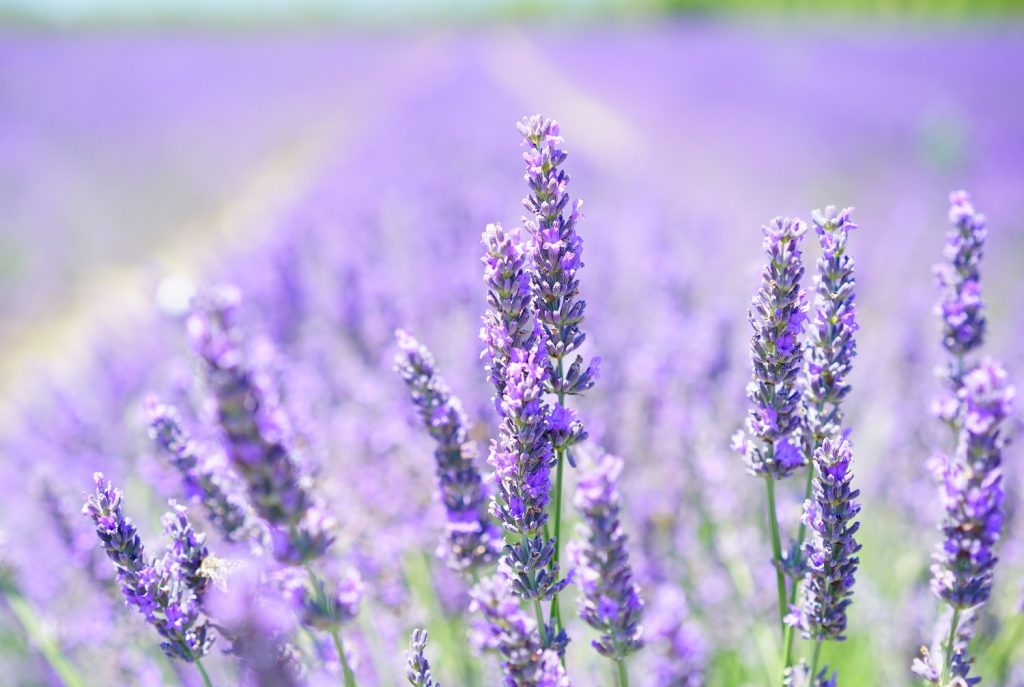
Pruning your lavender
Lavender pruning is a must for ensuring your plants grow back healthy and bright for the seasons to come next year. Pruning helps your roots to grow ahead of winter and may help to make it hardier in colder, less viable growing conditions. You’ll find that with pruning, you can help your lavender produce a thick, woody stem, ideal for helping your plant hold itself up when the weather worsens.
Pruning is also a must if you’re growing a bush or hedge and your lavender is starting to propagate out of control during the sunnier months. As such, it’s worth scaling back a little in the spring and fall – you can let it grow with abandon in summer, especially if you want to keep attracting butterflies and hummingbirds to your garden.
Ideally, you should keep your lavender pruned around an inch or two to spare above the plant’s base. Aggressive pruning or over-clipping can be as bad as not pruning your lavender at all – cutting too much will stunt its chances of growing back and producing new flowers in the warmer months.
Some gardeners may choose to avoid pruning – this isn’t recommended if you want your plants to retain a uniform look or if you’d like to shape your shrubs or bushes.
To prune lavender, it’s worth investing in a small pair of shears. If you’re pruning a very young plant, you may be able to simply pinch a couple of heads off by hand.
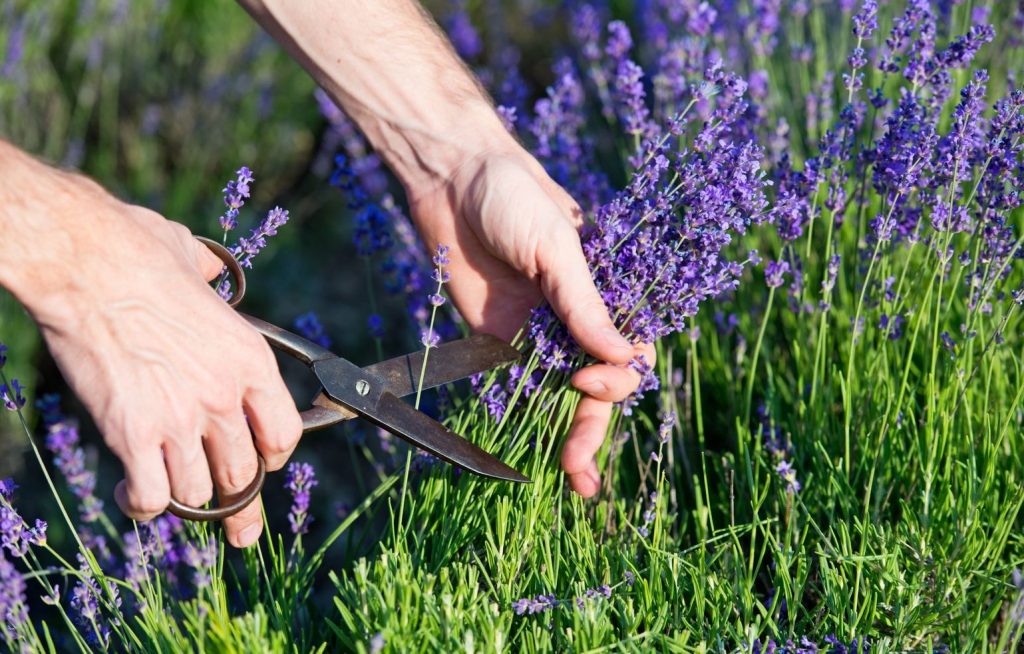
When should I prune my lavender?
You shouldn’t ever wait to prune lavender – the earlier you start clipping, the thicker it has a chance of growing back. Leaving lavender unpruned to develop woody stems can make it trickier to maintain it in the seasons ahead – especially if you want to shape it into a decorative style.
You can continue pruning lavender well into its lifespan to encourage it to come back, but be careful not to travel further down the woody stem if it’s an older specimen. Anything growing above this woodier point will be likely to grow back time and time again. Check for nodes (raised lumps) in your lavender’s stems, and prune above each third point. You’ll need these nodes to start shooting out!
You can often expect to prune away around a third of your lavender’s green shoots.
Will deadheading help my lavender grow back?
Deadheading won’t help your lavender to grow back in full, but it can help your plant produce more flowers during the growing season. By deadheading your lavender, you’re effectively removing old petals to make room for the new. Deadhead throughout lavender’s lifespan, and prune at the start and end of growing seasons.
When can I expect my lavender to come back?
You can typically expect lavender to start growing again when temperatures rise and when there’s ample sunlight during the day. With hardier species, you can expect lavender to start growing again around March-April time, with flowers emerging by May-June. This may vary depending on your USDA zone and lavender variety, but if it’s not flowering by July, your lavender may have died during the winter.
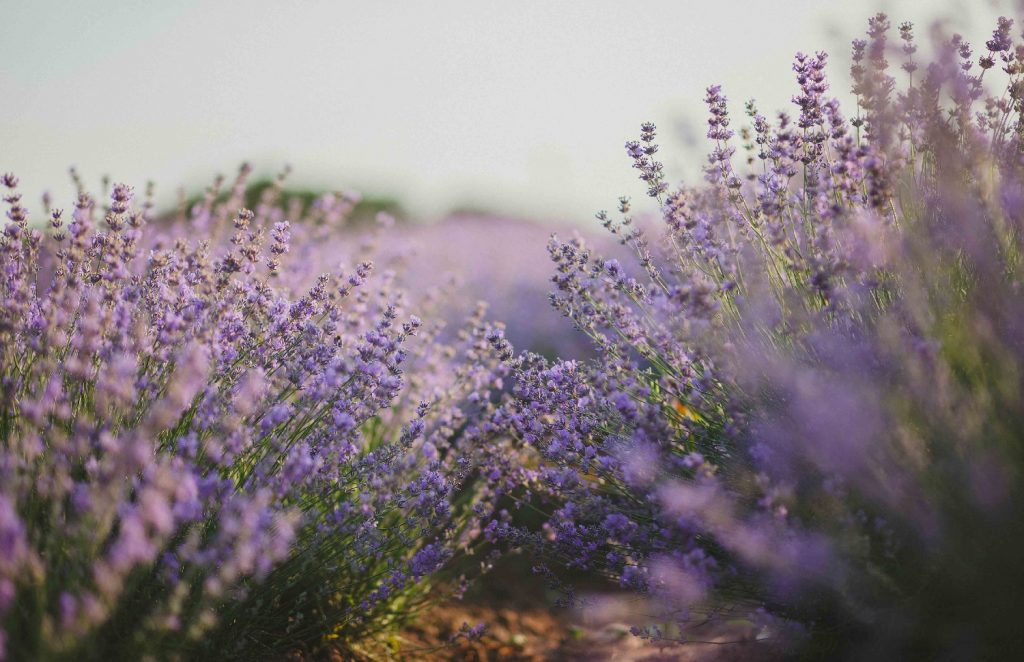
My lavender’s turning gray – will it still come back?
A lavender plant’s flowers turning slightly gray are simply adapting to the colder season, and this change is no cause for alarm. This behavior is observable in English lavender plants, which will grow anew and flower again when spring rolls around.
One issue you’ll need to look for is slowness to sprout green shoots. Any lavender variety that isn’t producing green shoots by late spring will likely have suffered in the frost. The best action is to compost or mulch this plant and to look carefully for a variety that will withstand the low temperatures next winter. It’s worth shopping at your local garden center and growing lavender from seed if you’re a patient gardener.
If your lavender’s leaves are turning gray and crispy, it’s likely been growing in damp soil during the winter – it’s suffering from a fungal infection. If this is the case, cut away any affected foliage. In many cases, this will inspire your lavender to return healthy for spring – but it’s sadly not guaranteed.
How long can lavender keep coming back for?
Lavender can potentially keep regrowing for over a decade, up to 15 years in some cases. For maximum longevity, you’ll need to ensure your plants get access to full sun, occasional watering, and that their soil drains clearly.
Don’t get disheartened if your lavender doesn’t return despite a lot of effort. By preparing well-draining soil, pruning twice a year, and ensuring your herbs get abundant sun during the growing season, you’ll set up your lavender as healthily as possible for the winter ahead.
Unless it’s English lavender (or a hybrid), or if you typically experience mild winters, be ready to bring your lavender indoors for tending from December through March. Lavender makes a fantastic houseplant that’s extremely low-maintenance – and you can replant it in the spring, ready to flower again.
It’s always worth regrowing lavender for its fantastic pollinator appeal – and it’s a great companion plant, too.
